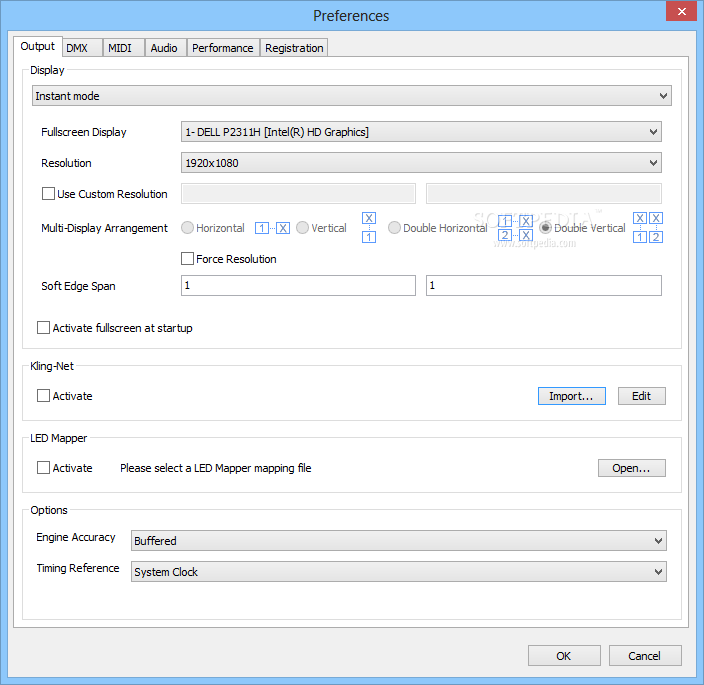
The guidelines also aim to contribute to quality patient experiences through better meeting patient informational needs and preferences. They combine substantial data from four studies and it is hoped the guidelines assist information designers and others involved in patient information. The guidelines represent the essence of the thesis and its work, and the contribution it has made to knowledge. Patient information guidelines are provided for diagnostic procedures and screening. These findings demonstrated the potential of the factors based approach to the design of patient information, which led to the development of patient information guidelines. The factors based resource was quantitatively no better nor worse than the standard resource however, qualitative data found it had features that were important for its usability, which seemed to make it easier to understand compared to the standard resource. The original resource was based on a standardised presentation of information for the investigation. This approach was examined in two studies, which involved re-designing a patient information resource for an invasive investigation by applying appropriate factors established in the first two studies to it and examining and comparing it with the original information resource.

The factors based approach to the design of patient information is theoretical and consists of including and organising information based on factors. The established factors inspired a user centred design concept for patient information – a ‘factors based approach’ to the design of patient information. Fifteen factors were established that affected attitudes towards screening of which benefits and risks, referring to personal benefits and risks, were the most influential factors. Ten factors were established that affected attitudes towards diagnostic procedures of which physical involvement, trust, familiarity and purpose were the most influential factors. Both studies also established factors affecting attitudes, providing a constructive understanding of attitudes. Information was valuable in the former to inform about diagnostic procedures and patients’ physical involvement with them, and in the latter to inform about the medical condition, screening for the condition, the screening procedure, the benefits of being screened, and the risks of being or not being screened. The first study examined attitudes towards different types of diagnostic procedure and the second examined attitudes towards screening for a vascular condition. Two studies were conducted focussing on understanding attitudes towards investigations and tests, and informational needs and preferences. This was the basis of the thesis, which took a user centred approach to the design, development and implementation of patient information.

However, this can only be achieved if information meets patient needs and preferences. Information can be a valuable resource to inform, support and guide patients, and to contribute to quality patient experiences. Patient experiences of investigations and tests vary depending on the healthcare situation, investigation or test, and requirements, expectations and physical experiences of patients before, during and after investigations and tests. They are utilised to detect preventable medical conditions in otherwise healthy individuals and to determine the cause of symptoms in patients presenting symptoms. In the contexts of screening and diagnosis, devices are utilised in the form of investigations and tests. Clinical pathways define patient journeys with medical devices often utilised to diagnose and treat patients.


 0 kommentar(er)
0 kommentar(er)
